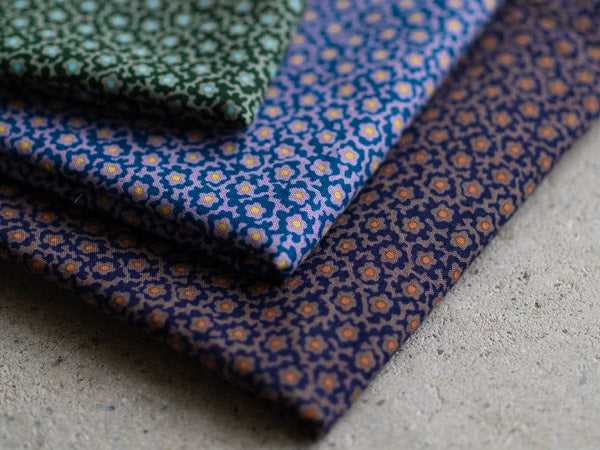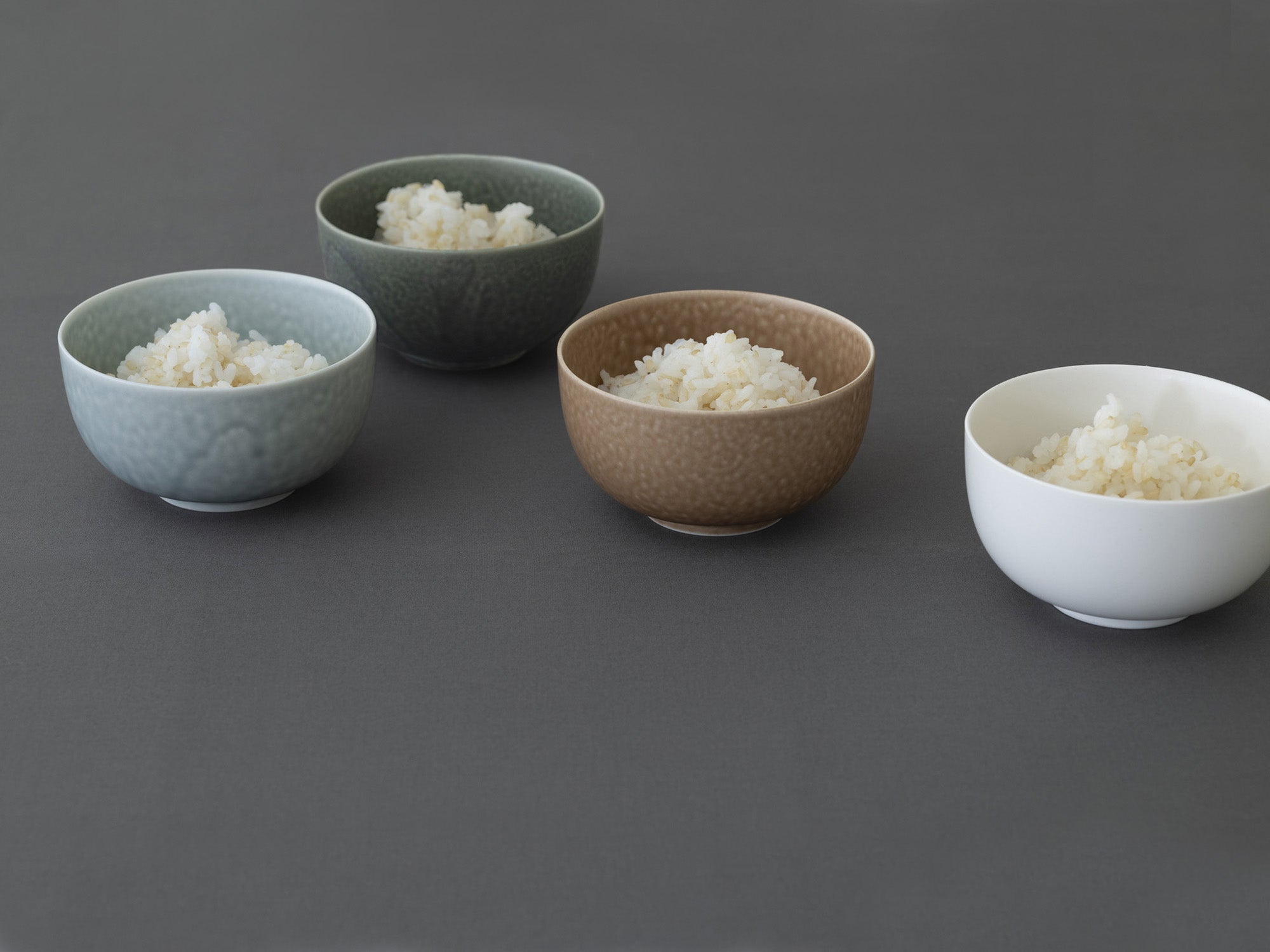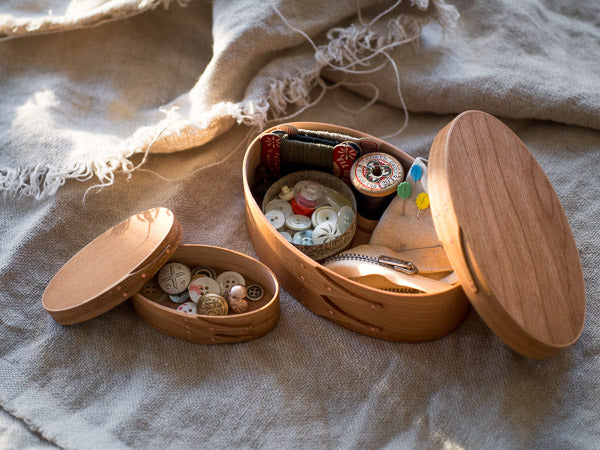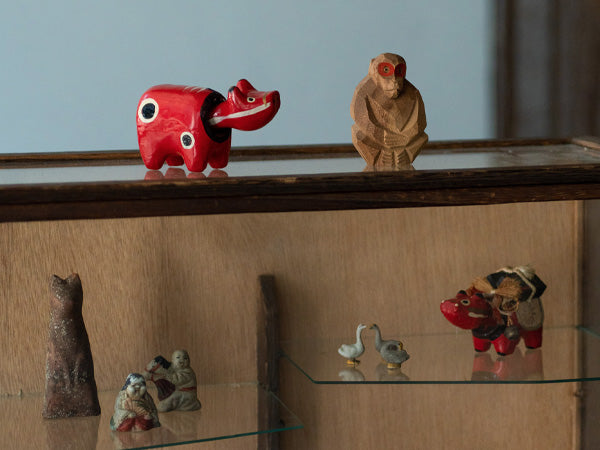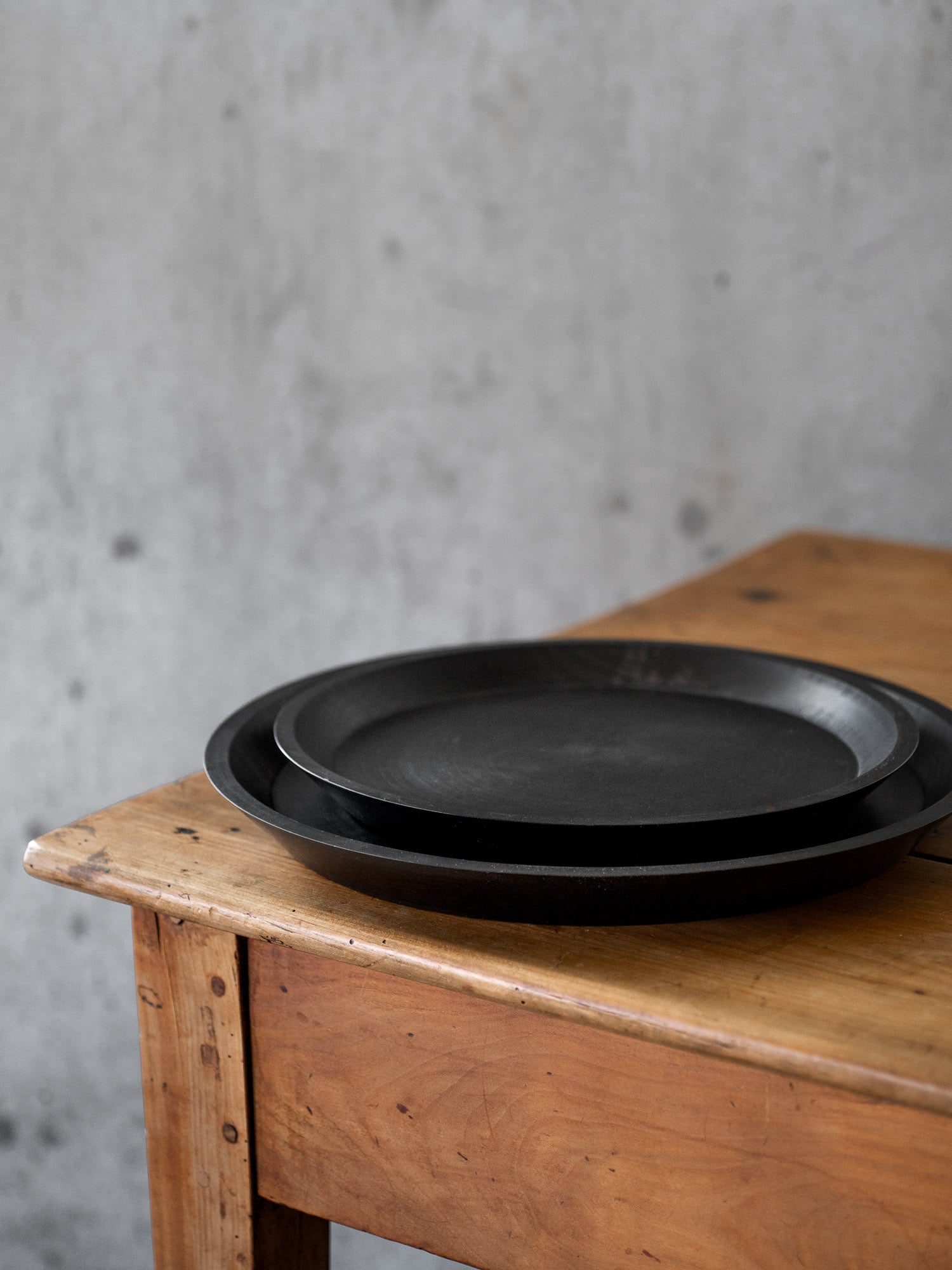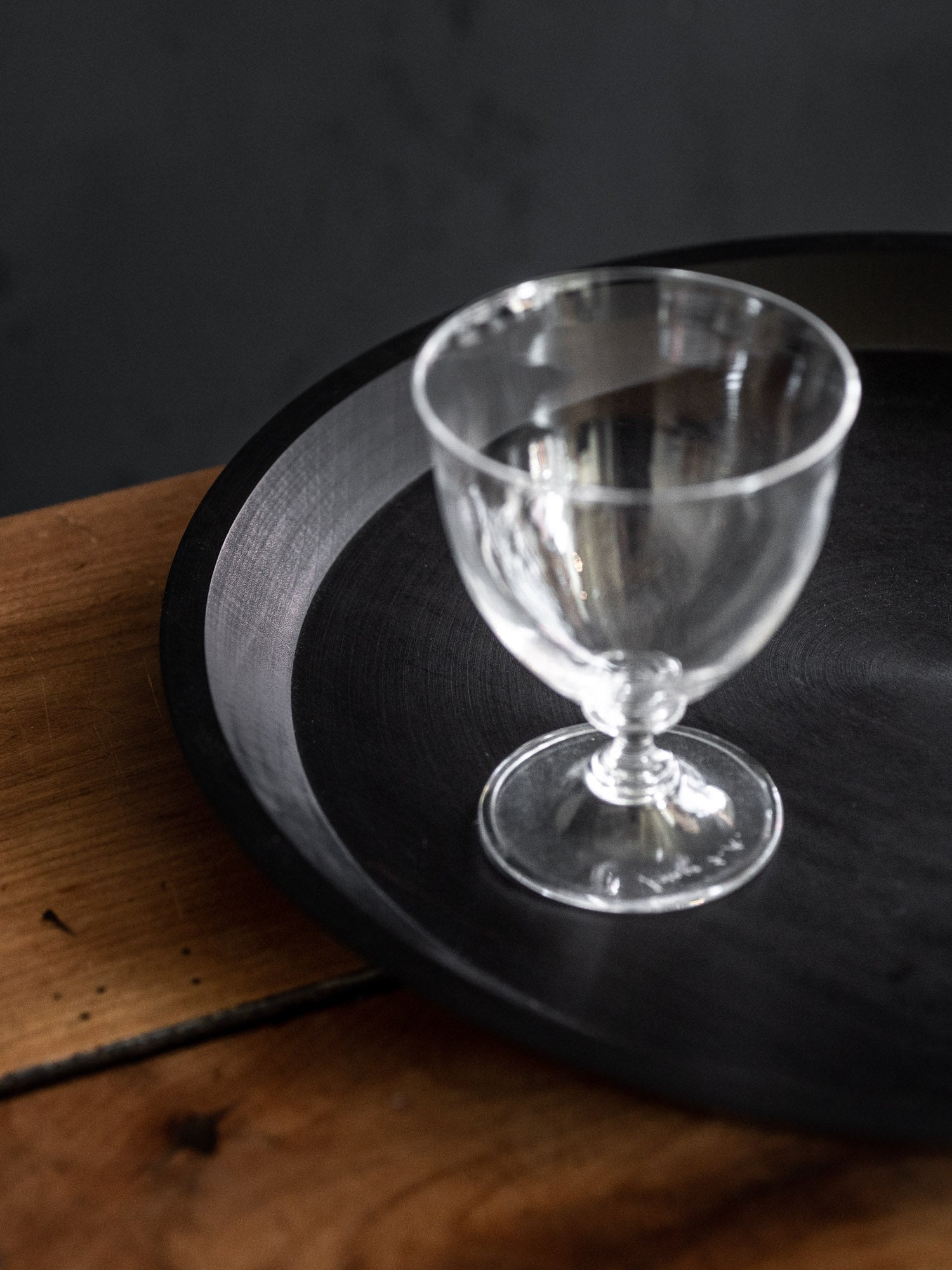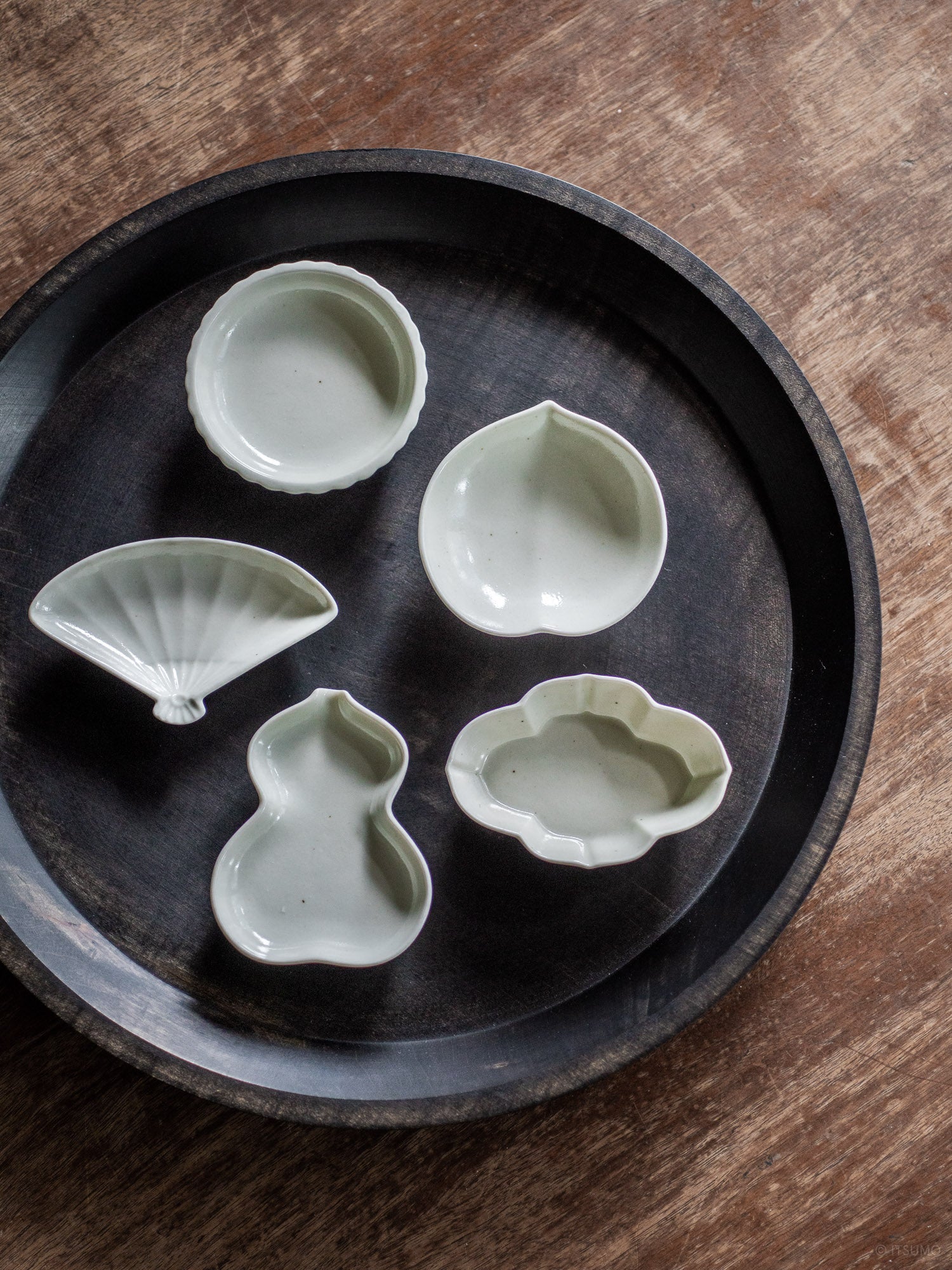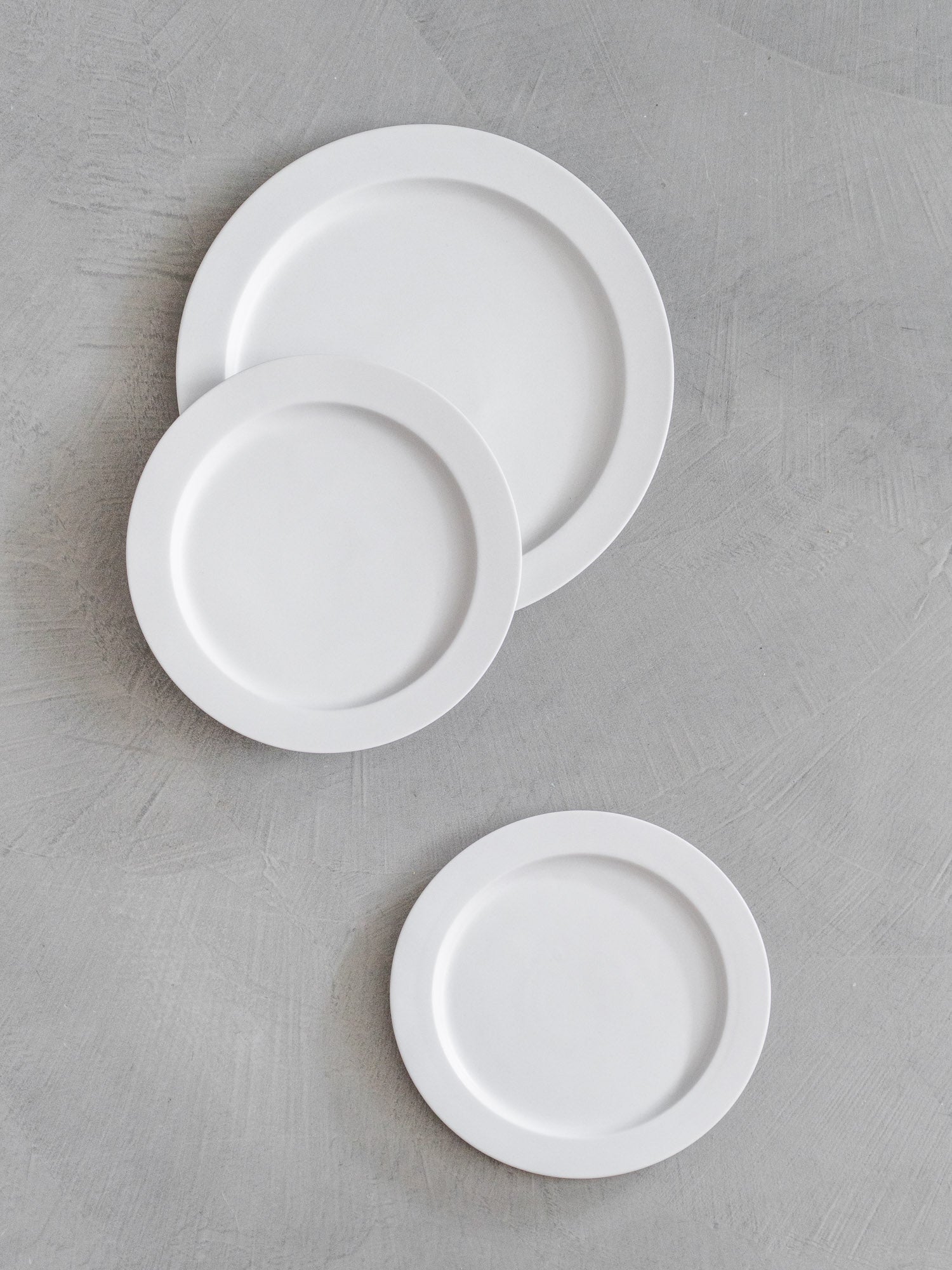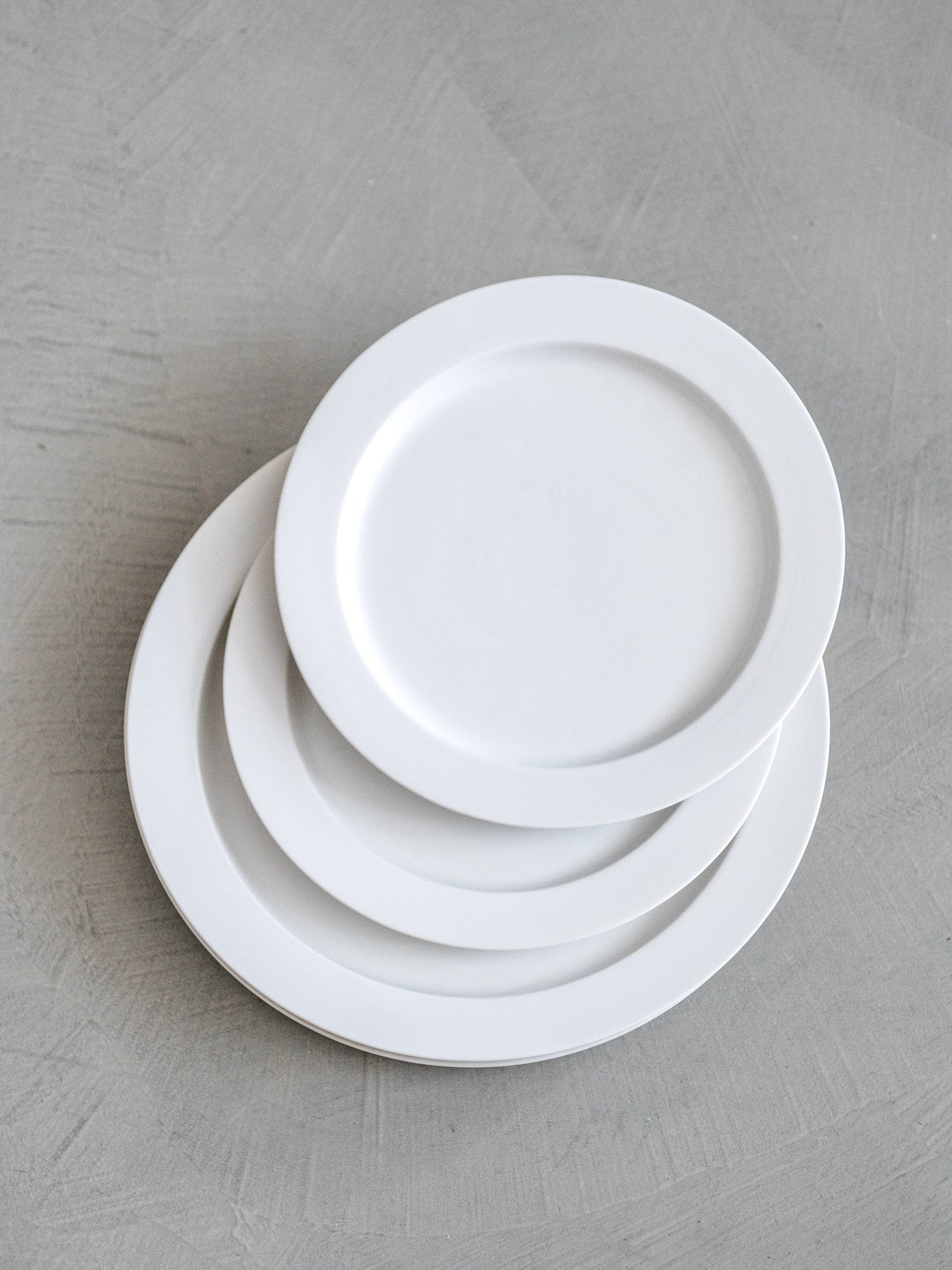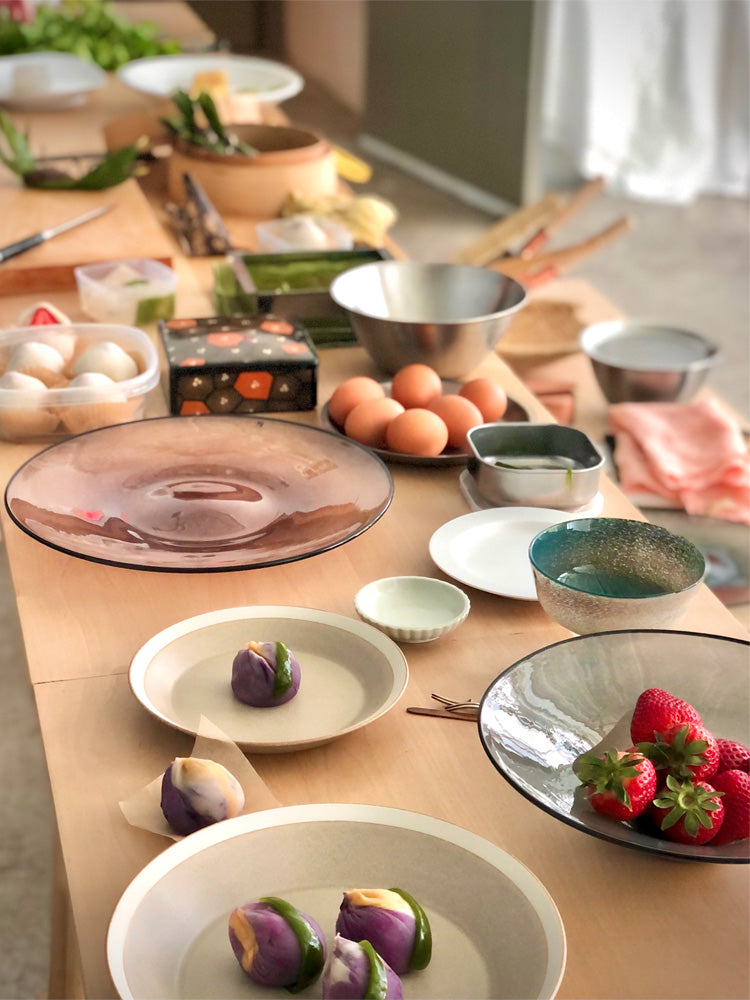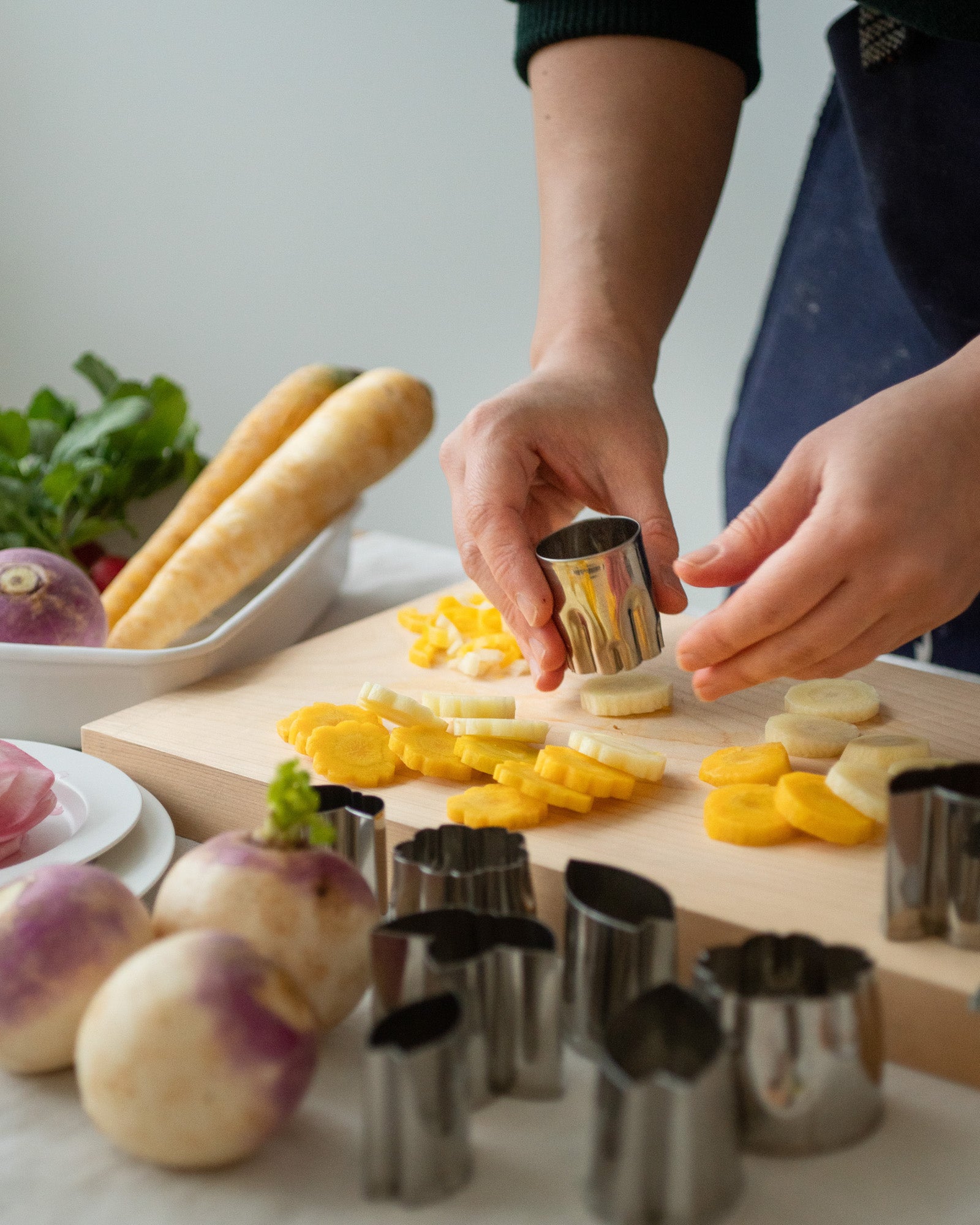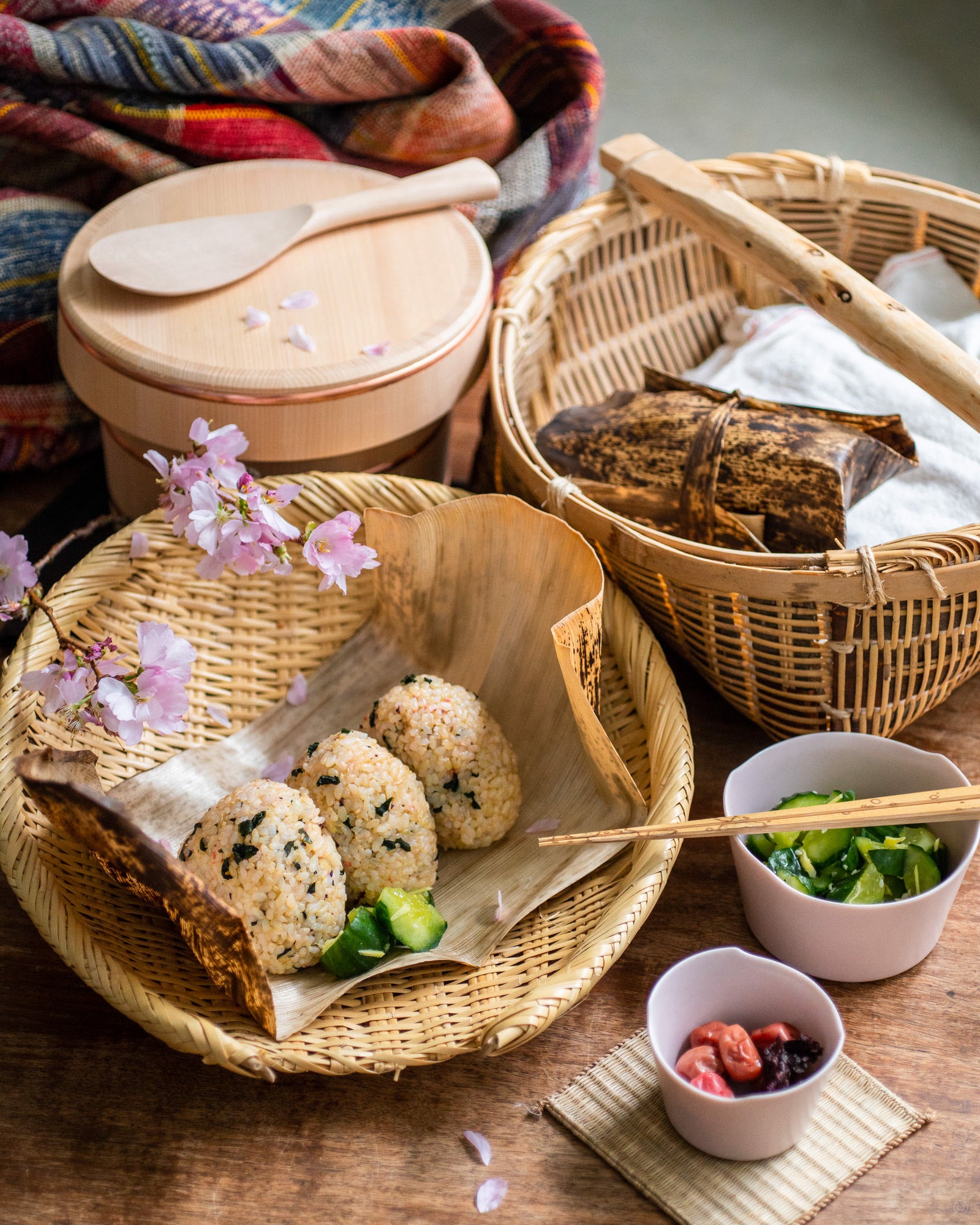March 5 – 啓蟄 Keichitsu

Welcome to the series of posts made in collaboration with Kintoki sweets and ITSUMO Life exploring Japanese culture and seasonal observations.
Yesterday March 5th has brought us to Keichitsu 啓蟄; the 3rd micro season in the 二十四節季 24 Sekki solar calendar. This is when we start to notice flowers on fruit trees (peaches, apples, cherries, etc.) and insect pollinators get busy helping them, literally full of life. The translation is fun with this one, it can be read as “hibernating insects open their doors”. The insects are slightly personified and suddenly we can picture a little bug waking up and opening the shutters to let in some warm sunlight into its home. It makes one almost want to say “hello” to greet it.


For this bright start of spring season, what we have here today is 桜餅 Sakuramochi, a spring specialty and one of our favourite Japanese sweets to make to enjoy while watching the plums and sakura bloom. Visual to the eyes is just as important as taste in the mouth, respecting an experience as a whole. Our Sakuramochi is served on a round plate in the beautiful blush pink designed by Yumiko IIhoshi Porcelain. The small silver fork is called “Hime fork”, meaning princess fork, a perfect match for the elegant table setup especially with the traditional Japanese confection. (All tableware styled here is available at ITSUMO.)
The thing we love about Sakuramochi is that so much thoughtfulness is put into one little sweet. Although the ingredients are few and simple, the preparation starts from the year before. Sen @kintokisweets uses the sakura (cherry blossom) preserved from the previous year, which is brined in umeshu plum and shiso vinegar (made the year prior to that). And when the young leaves start appearing those are also harvested and preserved in salt in preparation for the next spring. Just like we look forward to spring, it’s worth the wait to get the full flavour of sakura for maximum enjoyment.
All this preparation goes towards a very short seasonal moment to enjoy them in the company of people you love and care about. And in a few weeks when more sakura flowers start to blossom, we look forward to harvesting those for next year’s Sakuramochi. What we preserve might be more than just the flower petals, as layering in thoughts, anticipation, hope and love for long lasting good health and safety.
Until our next exploration,
ITSUMO & Kintoki Sweets

